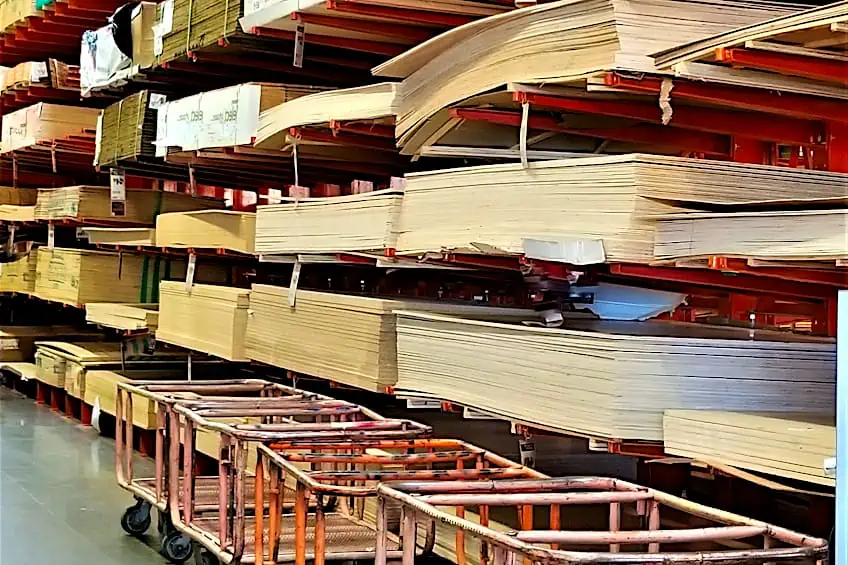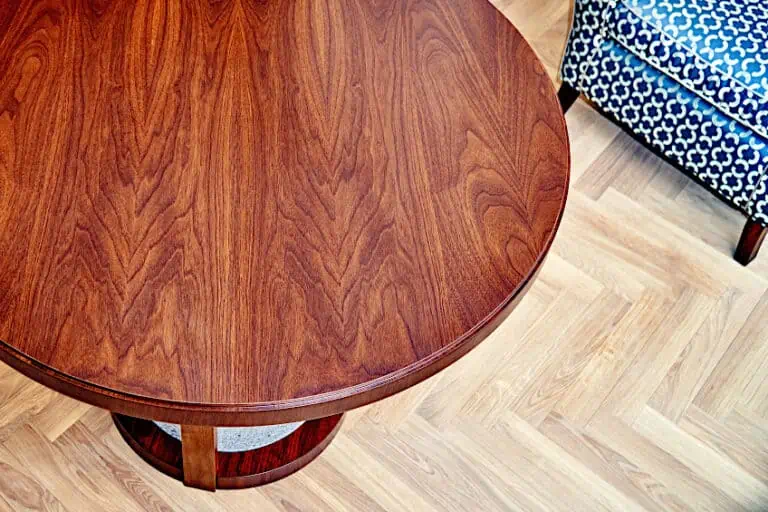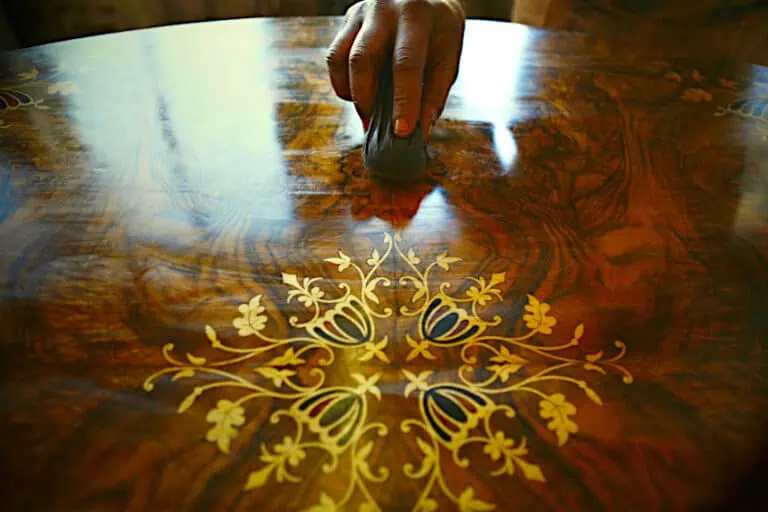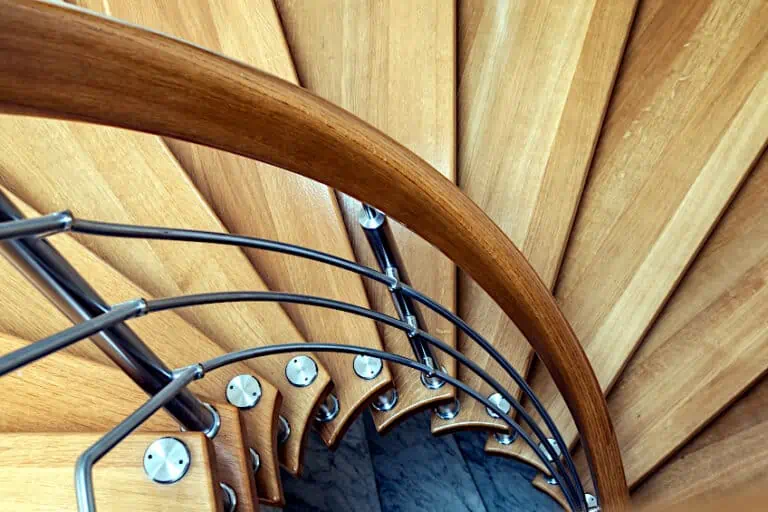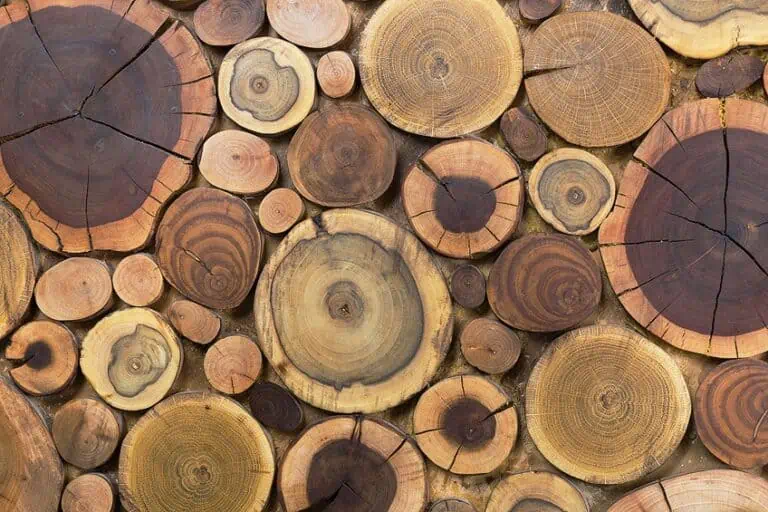What Is Luan Wood? – Meranti Plywood Types and Uses
There are around 73,000 tree species around the world, all of them producing different variations of wood, and each with its unique properties and applications. As a species, we have used wood for thousands of years, and more recently, we’ve found ways to combine various species of wood in order to capitalize on their strengths and weaknesses. This is done through the use of engineered woods that combine wood fibers with rein to form composite boards. One of the most popular of these engineered woods is Luan wood, so let’s have a look at what Luan wood is, its characteristics, what it is used for, where it can be found, and what exactly makes it so popular!
What Is Luan Wood?
Before we get into the many benefits of Luan wood, let’s have a look at exactly what Luan wood is. What is Luan wood? Put simply, Luan wood (sometimes called Lauan plywood) is a term used to describe a tropically based engineered hardwood, commonly used in the creation of domestic furniture and wood crafts. Luan wood primarily consists of wood fibers derived from the Shorea tree family.
The Shorea tree family that produces the wood used in the creation of Luan wood can primarily be found in tropical regions of the world. This includes but is not limited to South China, Sri Lanka, Indonesia, and Malaysia. As you’ve probably put together by now, Luan wood is made primarily of imported wood, which usually makes a wood product expensive, challenging to find, or both.
However, Luan wood is generally readily available in most lumber yards and home improvement stores in the United States. What’s more is that you can pick up an entire sheet of Luan wood for around $30,00, which is pretty good for an imported wood species. When working with Luan wood, a single board is usually interpreted as meaning a panel that is ¼ or 1/8 inches in thickness.
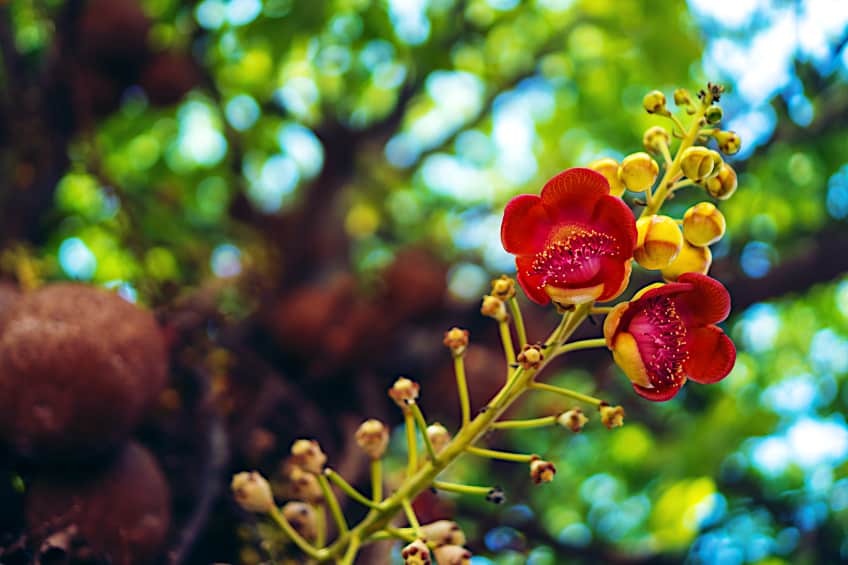
While it might seem a bit reductive, Luan wood is essentially a plywood variation containing wood from the Shorea tree. Luan plywood is used for a variety of applications due to its inherent properties and the fact that it’s readily available in most parts of the United States, and has become a crowd favorite for hobbyists, DIY enthusiasts, and wood crafting professionals over the years.
Origin and History of Luan Wood
As we mentioned previously, Luan wood is found primarily in Southeast Asia and Indochina. Upon the discovery of its properties and abundance in the 1900s, Luan wood was heavily exploited by both veneer manufacturers in the region and abroad. This led to many veneer procession companies popping up and taking advantage of the seemingly endless supply of Shorea wood.
Industrialists in the region soon realized that there were other tree species that could be used to create veneer. As a result, their lumber procurement expanded to other parts of the world, including Africa and South America. While this led to a reduction of Shorea tree harvesting and the subsequent manufacturing of Luan plywood, the latter still proved to be quite popular due to its price and characteristics.
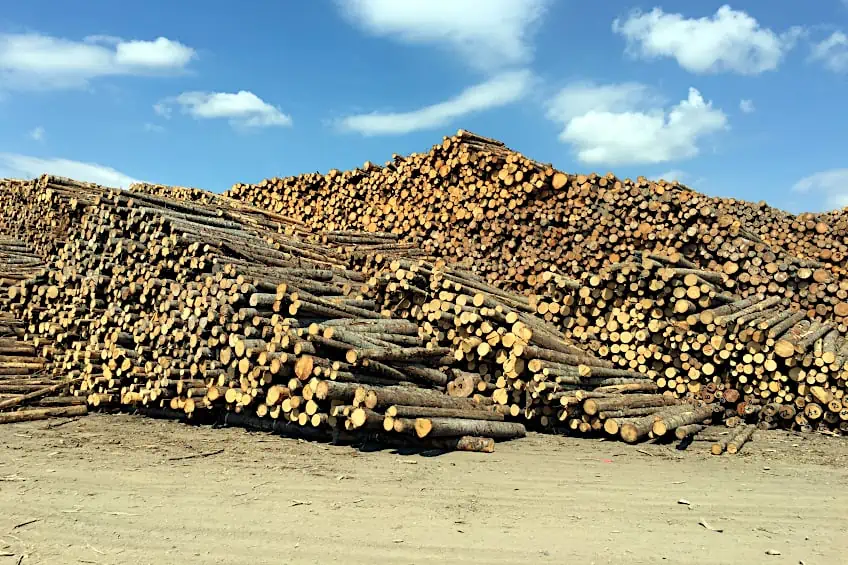
However, due to the boom in the production of Luan plywood, the Shorea tree suffered from unsustainable harvesting and eventual depletion at the hands of industrialists. Luan plywood would eventually become pretty difficult to get until sustainable plantations were established to ensure the continued growth and production of the Shorea tree.
Types of Luan Wood
Just like any engineered wood, Luan plywood is a sort of blanket term used to describe a variety of engineered wood variations that used Shorea wood in their composition. These variations are used in different applications based on their individual characteristics and appearance, but for the most part, they’re considered to be largely similar. Here are some variations you could encounter:
- Light Red Meranti
- Dark Red Meranti
- Yellow Meranti
- White Meranti
- Balau Meranti
You might be asking why the term “Meranti” is included in the name of these variations, to which the answer is “Meranti” is a common term used to describe Lauan plywood in some regions. In the United States and other parts of the world, Luan board is often referred to as Philippine Mahogany, even though there is no relation between true Mahogany and Shorea.
Properties of Luan Wood
Luan board is made by stripping and harvesting the Shorea tree and creating veneer from its heartwood and sapwood. Veneers are thinly sliced pieces of wood that when joined together form plywood, a type of engineered wood that is widely used in various industries and applications all over the world. There are many advantages to plywood over other types of engineered wood like MDF.
Since plywood is essentially veneer sheets that have been joined together using high-grade resin it has an incredible rigidity-to-flexibility ratio. Luan board in particular makes a great finished surface for furniture, and since it can be sanded and painted it is generally used to create great-looking, reasonably-priced furnishings.
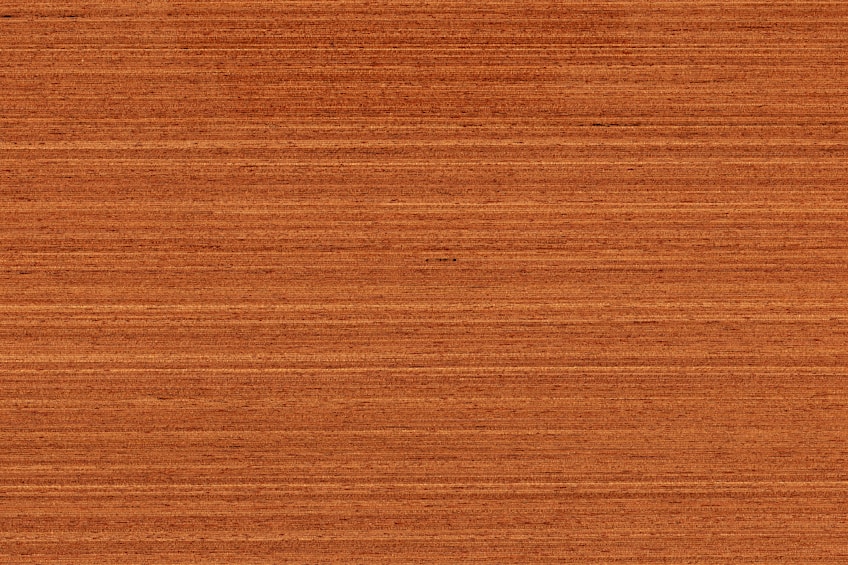
Sheets of Luan wood aren’t only used for furnishings though. Since Luan board is available in both interior and exterior grades, it is often used in conjunction with other materials to create things like mixed media art pieces, gazebos, exterior furnishings, wall runners, crafts, and even wood accent walls! As you can see, sheets of Luan can be quite versatile.
What Is Luan Wood Used For?
Since Luan wood seems to be so popular, we thought it would be a good idea to show you just how many applications you can find using Luan board today. Due to how strong and relatively durable Luan wood is, you could probably find it in many more uses around the world, but here are a few of the most common applications for this popular plywood.
Furniture
One of the most common uses for Luan wood is in the creation of furniture backing. This makes sense considering how flexible and rigid this wood is, providing just the right amount of support for your back and bottom! That being said, if you have a favorite armchair or recliner, the chances are that you have Luan wood to thank for its comfort.

Cabinetry
Luan wood is used all the time in the creation of various cabinets all over the world. It is used to create both high and low-end products thanks to the premium look and feel of Luan veneer. Luan can is used to create things like cupboard doors, full-size drawers for nightstands and walk-in cupboards, as well as entertainment units and kitchen drawers.
Flooring
Luan wood’s rigidity-to-flexibility ratio has made it one of the most versatile plywood variations on the face of the planet. One application that has recently seen the introduction of Luan paneling is flooring. Luan isn’t usually used as the primary surface due to its stress tolerances, but it is commonly used to supplement underfloor materials to act as reinforcement.
Paneling
Arguably the most popular application of Luan in large quantities is in paneling. Whether it’s the runners on your bedroom ceiling or the framing of your kitchen cupboards, Luan wood can be found in many parts of the modern home. Interestingly, Luan wood is also used in the construction of the paneling of modern hollow core doors.
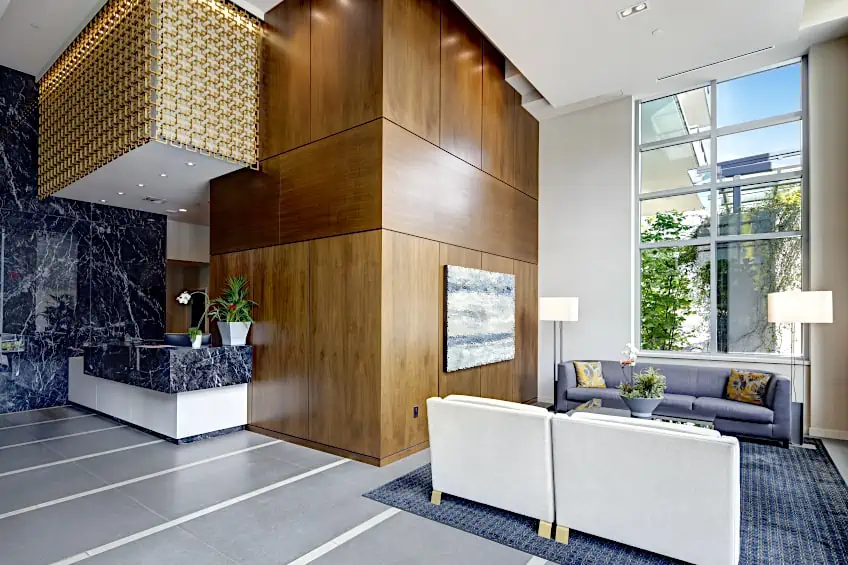
Decorative Items
Luan wood can also be used for a number of crafting applications. Whether it’s being used as a base for artwork, as a canvas, or as part of a mixed media art piece, Luan wood is versatile enough to fulfill pretty much any decorative need. Recently, there has been an increase in the use of Luan wood to create wooden accent walls.
How to Work With Luan Wood
Now that you know what Luan wood is and where it comes from, we thought it would be a good idea to show you how to work with it. Luan wood is pretty easy to work with and can be used for virtually anything you’d like, so here are a few steps showing you how to prepare Luan wood for use should you have some.
Preparation
Working with Luan wood is the same as working with any other wood species with a few differences. If you are preparing Luan wood for a project, the best place to start is to wash the surfaces of the wood. Luan board’s surfaces are pretty smooth, so the best way to clean it is by getting some warm water and soap and giving it a good once over. Allow the board to dry completely before moving on to the next step.
Cutting and Shaping
Cutting Luan wood can be tricking considering that it’s made of layers of veneer. However, there is a trick you can use to ensure the board doesn’t split or puff out when cutting it with a power saw. All that you need to do is create a small incision that you intend to cut beforehand with a knife. This has the same effect as making a pilot hole when drilling into wood.
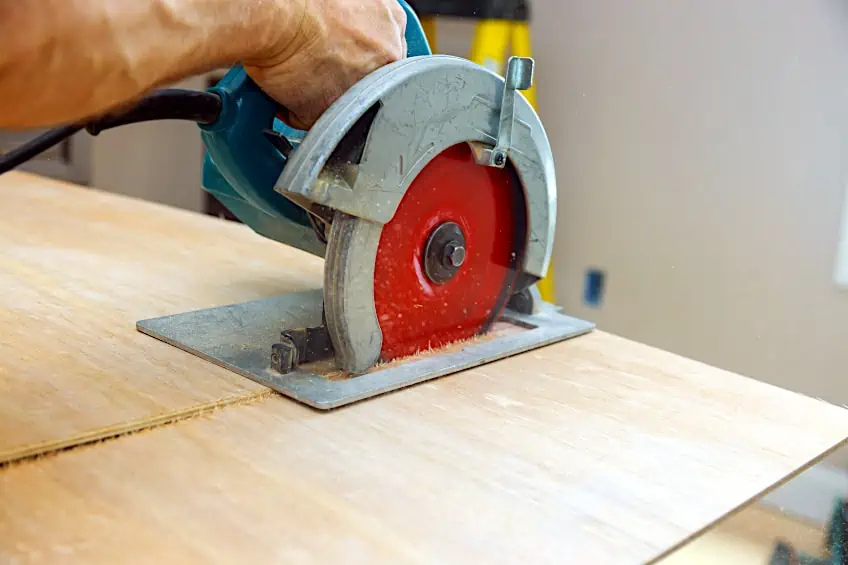
Sanding and Finishing
Luan board can be a bit tricky to sand too as the layers of veneer can be very thin or relatively thick depending on the grade. The best way to sand Luan is with fine-grit sandpaper, roughly 120 grit or higher. Sanding should be done lightly, slowly, and methodically to avoid ruining the board or warping the veneer.
When it comes to finishing a Luan board, there are a number of choices. Two of the most common are staining and painting. If you’re going to be painting, ensure that you use a primer beforehand as the board will soak up the paint very easily. If you will be staining your Luan board, ensure that the stain is slowly and evenly applied to achieve the desired finish.
Maintenance
Luan board surfaces are fairly easy to maintain. While they do tend to attract a lot of dust, this can be easily remedied simply by ensuring that the space is cleaned regularly. If your board has some dirt and grime on the surface, all that you need is some soap and warm water to remove this surface grime. As you can see, this plywood is really low maintenance.
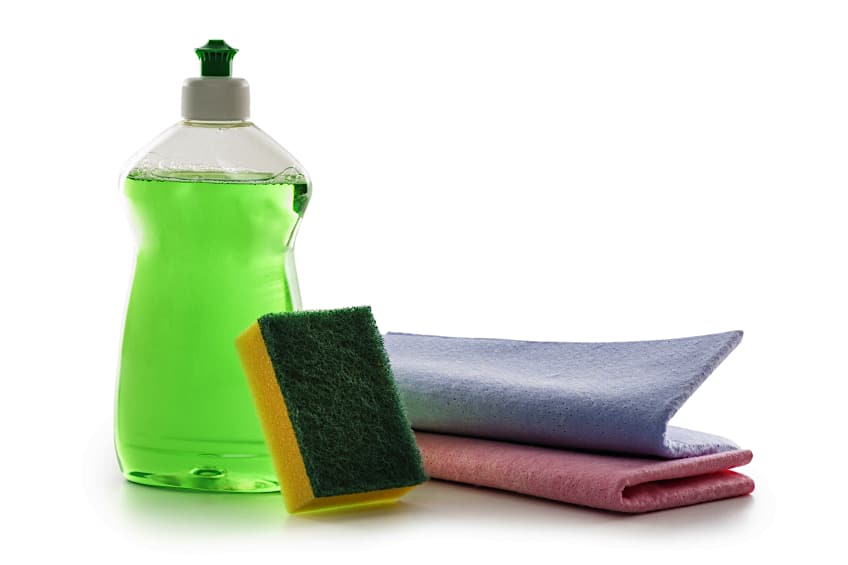
What Are the Advantages of Luan Wood?
It’s no secret that Luan wood is quite popular due to how readily available it is, and the fact that it’s pretty cheap compared to hardwood species. That being said, what are the characteristics of Luan plywood that make it so versatile and sought after? Let’s have a look at a few of the many advantages of Luan wood when being used for everyday applications.
Durability
Luan wood is known colloquially as the “Philippines Mahogany”, and while this might seem like a strange nickname for plywood, it’s actually pretty accurate. Luan boards have virtually the same strength and appearance as mahogany wood, but is sold at a fraction of the price. Due to its density, Luan wood also happens to be one of the more durable plywood variants.
We should mention that Luan wood isn’t the best material to use in moisture-rich environments though. This becomes apparent in abrupt temperature changes due to the adhesives used to join the veneer, but when treated correctly like exterior grade Luan board, it has been described as very durable and stable engineered wood.
Lightweight
Plywood variations that are used for hard-wearing applications are usually quite heavy. Why? Well, plywood is made of a series of veneer sheets that have been joined together using high-grade resin. This makes the overall composition of the material quite dense, and when something is dense it usually means it’s quite heavy due to the concentration of mass at its core.
However, individual sheets of Luan veneer are actually quite light, which makes its overall density when joined together quite low compared to other plywood variations. That being said, Luan board has all of the strength of other plywood variations but with the advantage of being around half the weight.
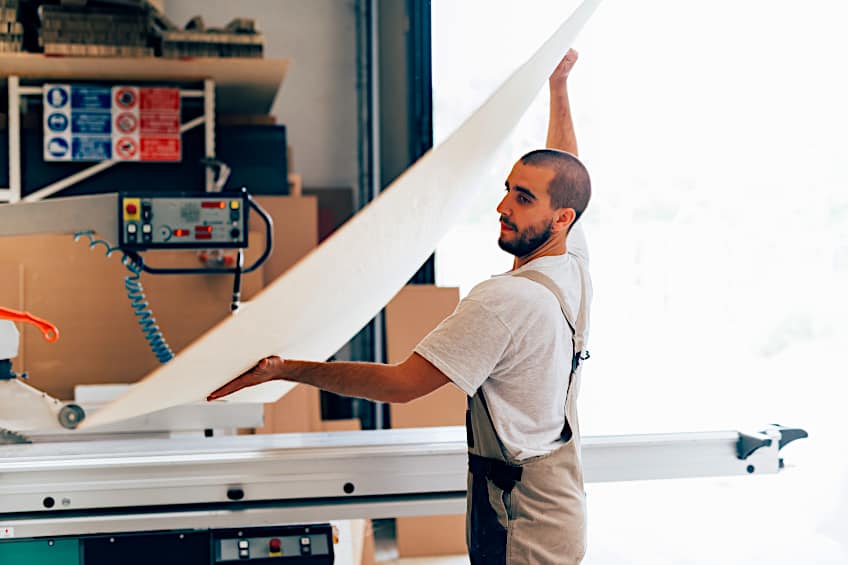
Easy to Work With
Plywood is generally considered to be much easier to work with compared to high-end hardwood species. Plywood isn’t only lighter than a lot of hardwood species, but it has no knots or hollow points either, making it easier to cut, sand, shape, nail, glue, and shave. Luan plywood in particular is very easy to work with.
Luan board is commonly used in a wide variety of applications, primarily in home improvement and mid-tier furniture creation. While there are other types of plywood out there that can be used for the same applications, Luan has become something of a crowd favorite due to its affordability and availability, with some even going so far as to use it as a flooring material.
Affordability
Luan wood gives you quite a bit of bang for your buck. This is due to a number of reasons, but primarily because it isn’t that expensive to import, its core materials are relatively abundant, and it has become something of a staple in modern-day home improvement. As we mentioned previously, you can pick up a sheet of Luan plywood for around $30,00.

Versatility
Luan paneling is used for a whole host of applications in a number of industries all over the world. This is once again attributed to its popularity, ease of use, and affordability. Luan wood can be used for interior, exterior, and load-bearing applications. However, if you are going to place a load on Luan board, we highly recommend that you supplement it with a more robust material.
Is Luan Wood a Sustainable Resource?
While you might be led to believe that Luan wood is an ecologically friendly resource due to its abundance and availability, it’s actually been exploited in the past. Luan wood was used as a veneer material in the 1900s and was over-harvested to an extreme extent during this time. Even though there has been intervention in the industry, it is widely believed that this wood is still being over-harvested and exported through illegal plantations.
As of 2012, there is only one registered plantation that operates sustainably in its production of Shorea trees and Luan plywood. That being said, if this makes you uncomfortable, there are many alternatives to Luan wood. Other types of plywood that are made of different wood species, MDF (medium density fibreboard), and even particle board!
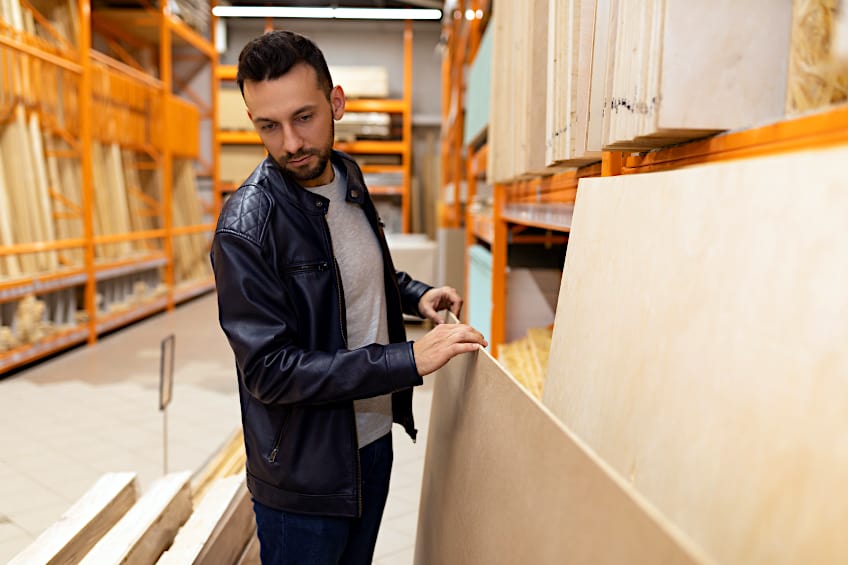
The aforementioned alternatives are generally produced under strict regulations in the US, go through rigorous quality assurance tests, and are only allowed to produce a certain number of VOCs (volatile organic chemicals) in their production. They are also available in numerous grades for different applications.
Now that you know what Luan wood is, where it comes from, what it is used for, how to work with it, and some eco-friendly alternatives to it, it’s time for you to get out there and put your newfound knowledge to the test! Remember to always wear the appropriate personal protective gear when working with wood and power tools.
Frequently Asked Questions
Is Luan Real Wood?
Well, this depends on your definition of real wood. Luan is a type of engineered hardwood plywood that is made from the heartwood of a Shorea tree. Luan is made of a series of veneer sheets that have been stuck together using resin and a heat-pressing process.
Is Meranti the Same As Luan?
Just as some plants and animals have other names across different regions and cultures. Meranti is simply another name given to Luan wood over time. Additionally, Luan wood is sometimes spelled as Lauan wood, depending on the region and dialect it is being spoken in.
What Can Luan Wood Be Used For?
Luan wood can be used for a number of applications. Commonly, Luan wood is used to make toys, cabinetry, chairs, backing for sofas, shelving, entertainment units, crafts, installation art, and plenty of other things in various industries all over the world.

I have been into woodworking since 2005 and woodturning since 2011. Because of my love for wood and woodworking, I started woodhappen.com to teach other enthusiasts about how to finish and seal wood, the best woodworking tools, the different types of wood, and everything else related to woodworking! Read more about me here.

